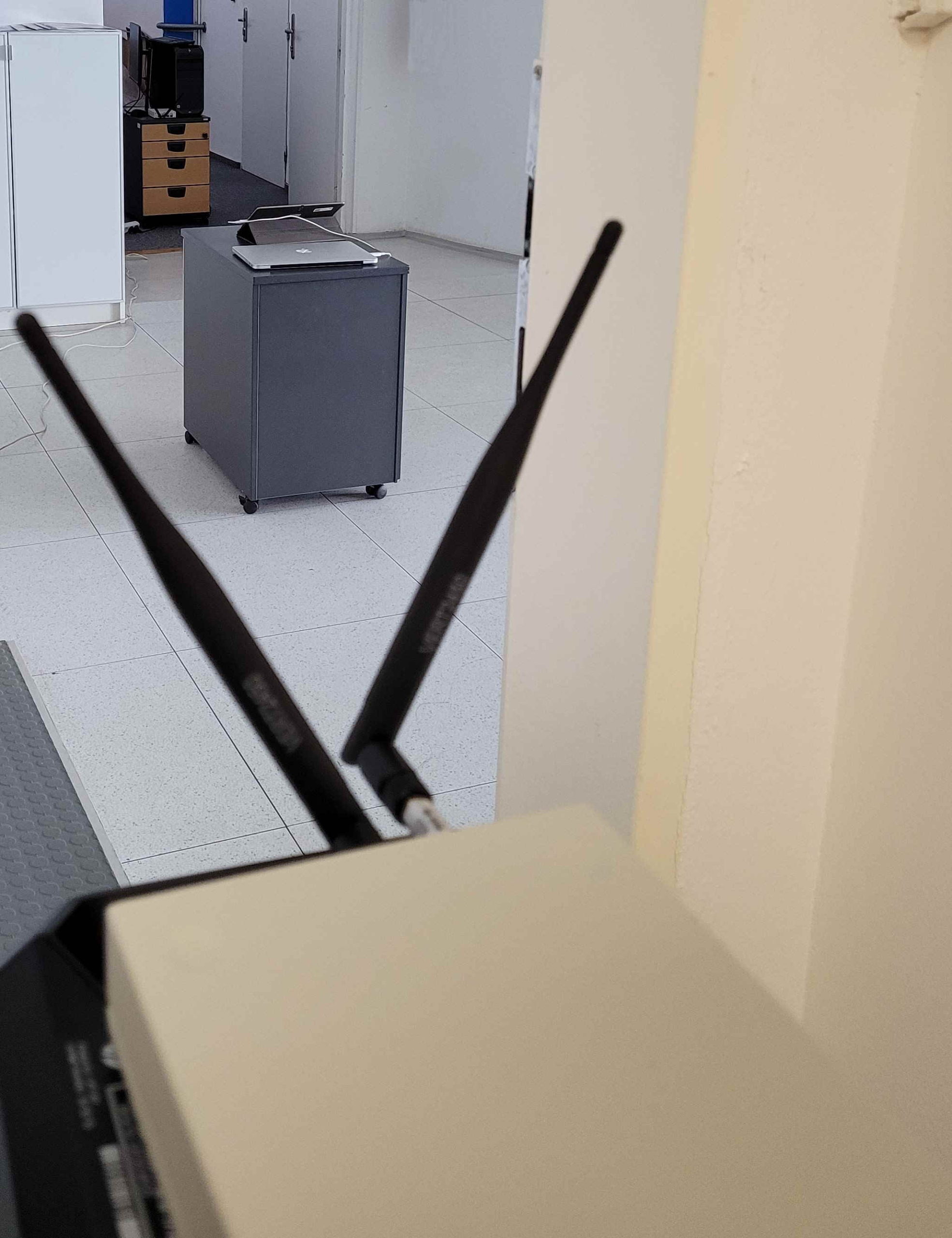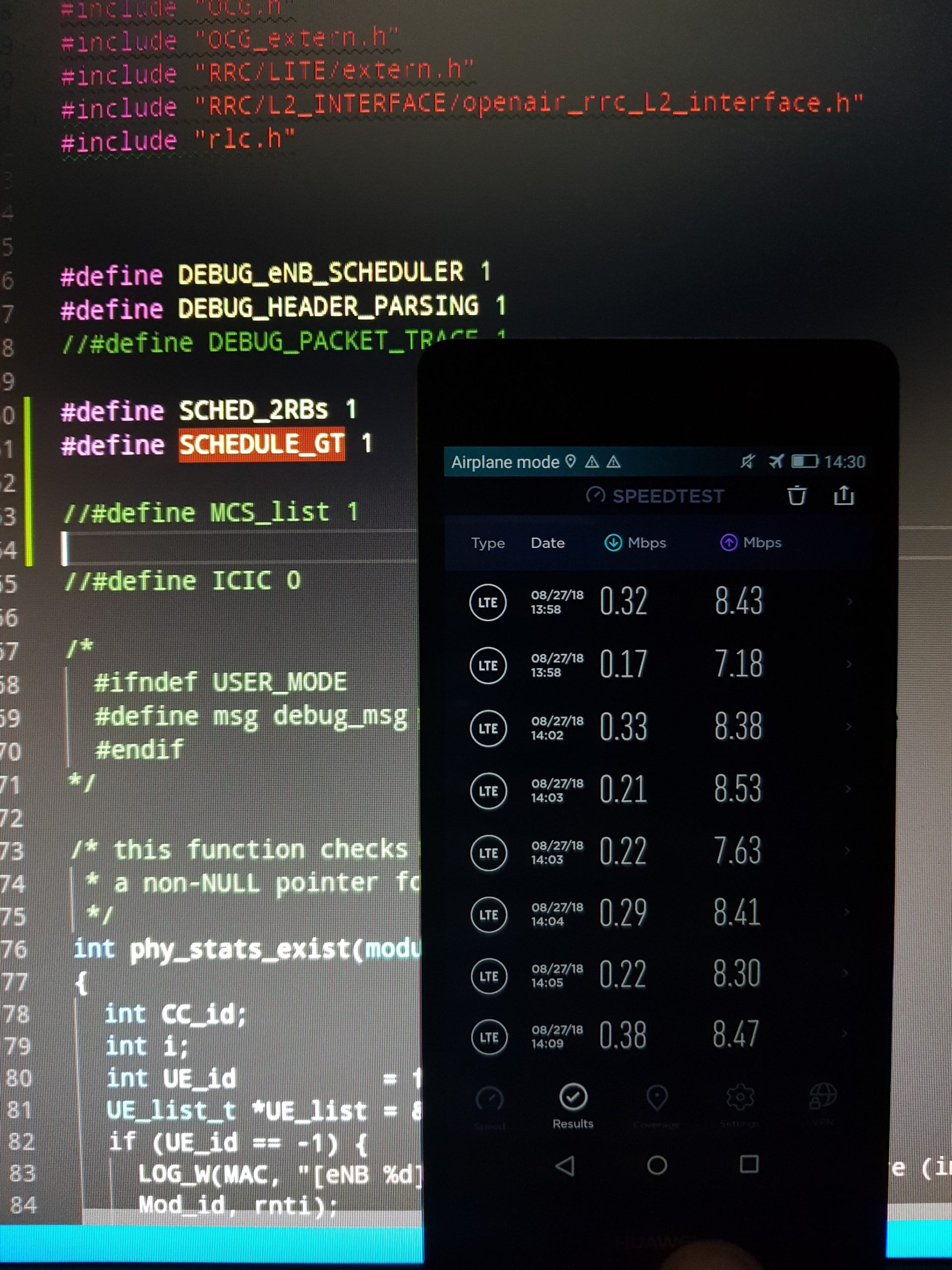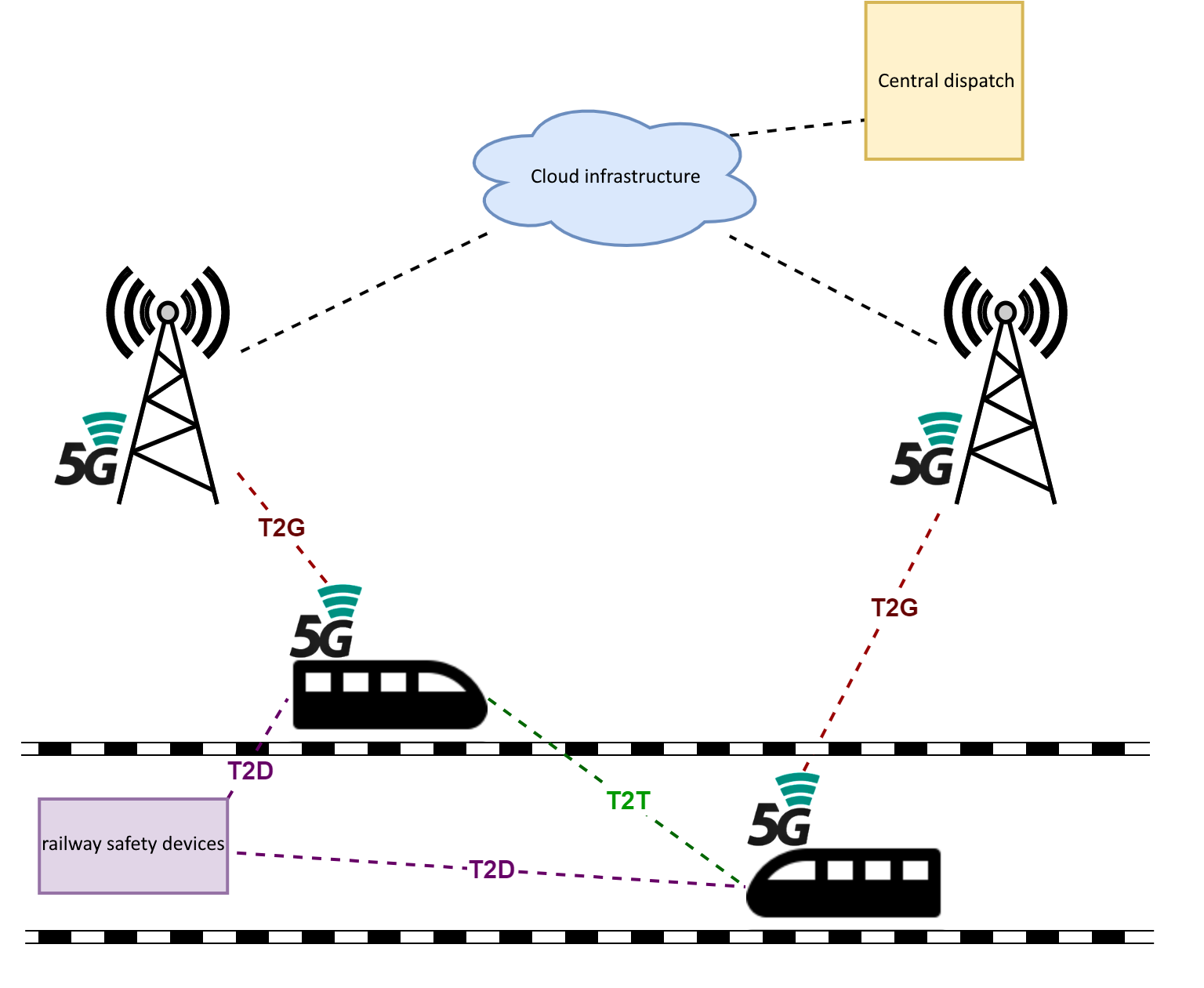See the future in our lab
Our lab is equipped with hardware and software for experiments and testing of new functionalities and features in 5G+/6G mobile networks, edge computing, and various use-cases, icluding areas of robotics, vehicles, and autonomous systems. The implementation of mobile network in our lab is based on the open source OpenAirInterface (OAI) and srsRAN. We exploit the software for development and validation of our theoretical solutions. The open source software enables us to modify arbitrary communication parameters and implemet our own solutions to go beyond the standardized communication protocols. To validate the cutting edge solutions, we also implement our ideas from a scratch.
Our developed source codes and datasets are available at GitLab
Demos and Experiments developed in our lab
Our equipment
Hardware:
- 2x USRPs B205 mini (SDR on flying base station)
- 6x USRPs B210 (SDR for fixed base stations and user equipment)
- 8x USRPs N310 (SDR for fixed base stations and user equipment for 5G)
- 3x Autonomous platforms (robot, vehicle) with MEC offloading capability
- Flying base station (drone – hexa-copter and HW+SW for emulated mobile connectivity)
- 2x MEC servers (each with Intel Xeon Gold 6154 @3GHz, 18 cores, 256 GB RAM)
- GPU nVidia GeForce RTX 3090Ti
- PCs and laptops for emulation of radio and core network
- Smartphones, tablets, and USB dongles
Software:
- RAN and Core Network for 4G, 5G, and beyond 5G emulation based on OAI and srsRAN.
- GNU Radio for emulation of vehicular communication networks
- NS-3 for Cloud Radio Access Network development.




